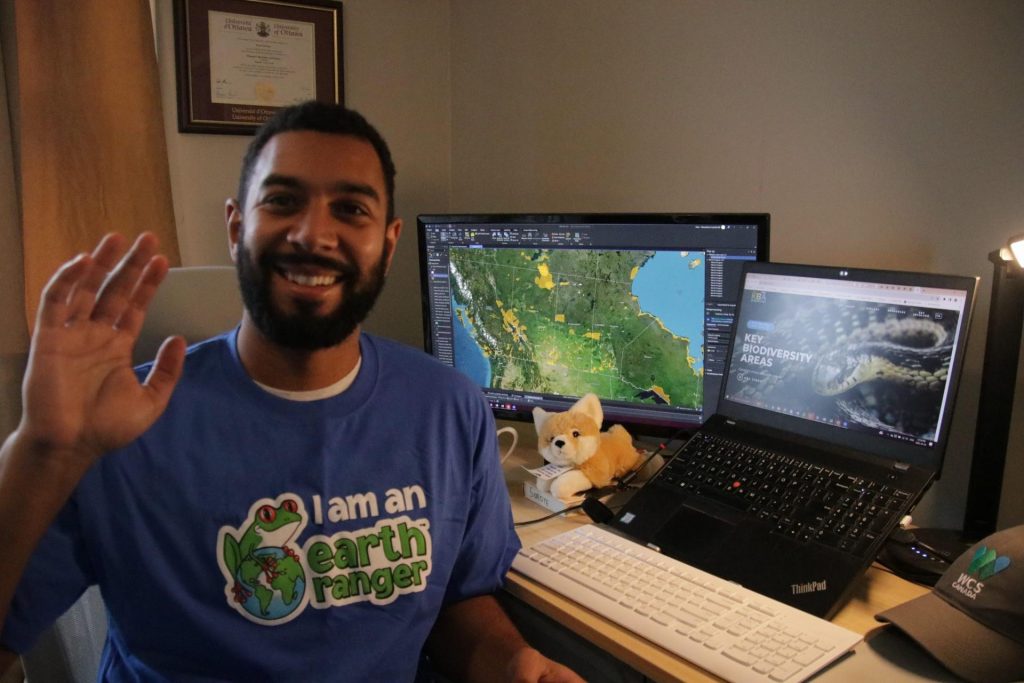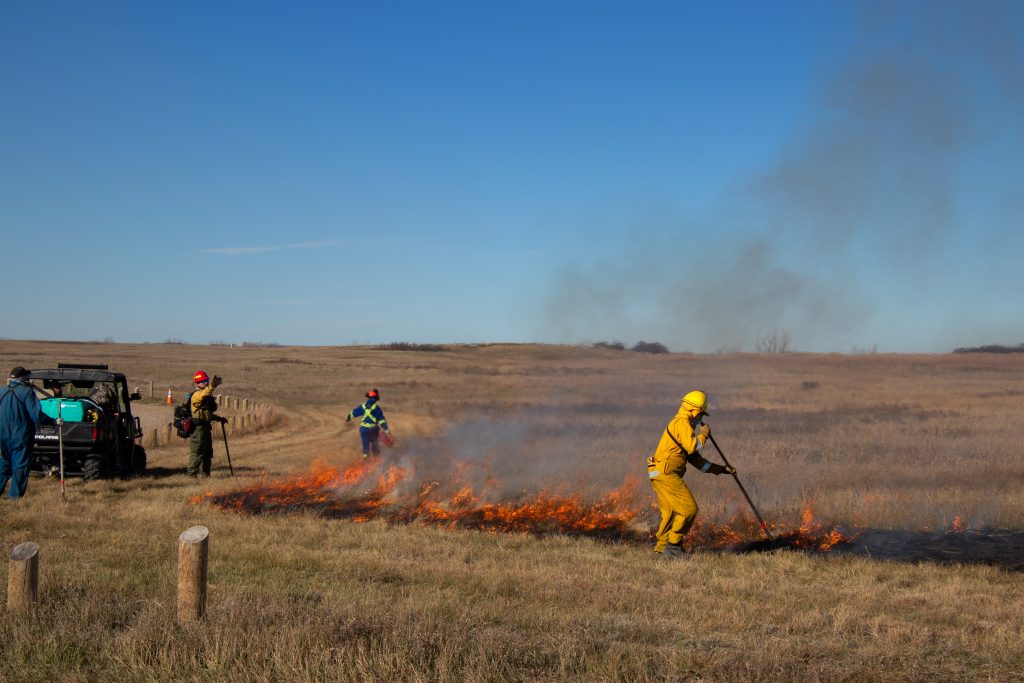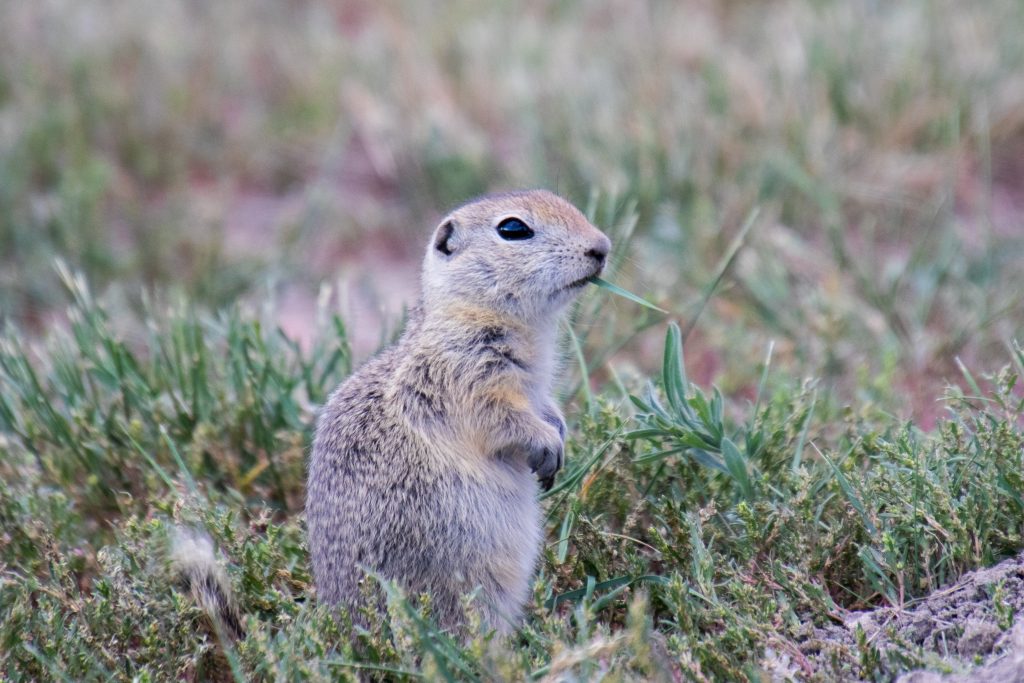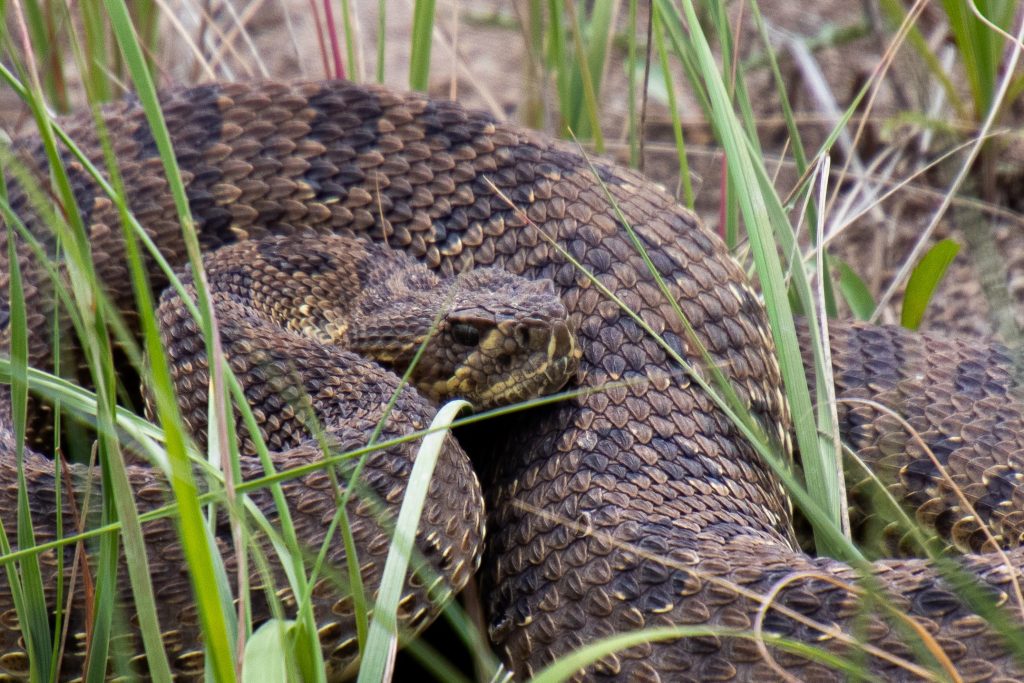
Hi, I’m Peter Soroye! I work at the Wildlife Conservation Society of Canada, where I make sure that swift foxes have the habitat they need to thrive. This past year, Earth Rangers across Canada adopted almost 300 swift foxes!
It’s been so fun to see kids like you adopting the swift fox plushies. I love seeing your excitement and interest! Knowing that so many people want to save the swift fox and support our work has been very motivating. Ultimately, the only way to protect wildlife is for as many people as possible to care about it. We’re all grateful for your help and support. From the Key Biodiversity Areas team at WCS Canada, thank you! Here’s what your adoptions made possible this year.

The Key to Biodiversity
My work this year focused on identifying Key Biodiversity Areas (KBAs) for swift foxes and other animals and plants across Saskatchewan and the rest of Canada. We’re identifying different areas, like Grasslands National Park in southern Saskatchewan, or Dundurn Sandhills near Saskatoon, as KBAs. That way, people know exactly which areas are most important for protecting wildlife.
Most of the work to identify KBAs happens on a computer, which is an important tool for most biology and conservation work nowadays! On the computer, I can read scientific reports, chat with experts, and create maps of swift fox habitat.

Feeling the Burn
Some members of our team were able to get out into the field this year as well. We took an exciting trip to the Beaver Creek Conservation Area in the Dundurn Sandhills and the CFB Dundurn KBA. While we were there, we watched researchers do a controlled burn of some of the site. A controlled burn is when conservationists light a small fire on purpose, with lots of safety measures in place, to burn plant material that can contribute to wildfires.
Controlled burns may look scary and destructive. But many prairie animals and plants rely on lands where small fires break out naturally. When our experts carry out a burn, they’re doing the same work that nature does — and they’re preventing bigger, out-of-control wildfires from happening. This is important work that keeps animal habitats safe and comfortable.

Foxes and Friends
During the summer, I visited the Grasslands National Park KBA. Grasslands is famous: It’s one of the sites where the swift fox has been reintroduced! During my trip, all the swift foxes stayed hidden. But I saw many other cool prairie species, like burrowing owls, prairie rattlesnakes, and bison.

How Can You Help?
There are many things you can do if you’re interested in a career in conservation. For one, keep learning! Following Earth Rangers, KBA Canada, and WCS Canada can help you learning about the challenges that wildlife is facing. Learning will help you see and even create potential solutions.
Another thing you can do to support conservation in your day-to-day life is use apps like iNaturalist or Seek to take pictures of plants and animals that you see. Try out these apps on hikes, camping trips, or even in your own backyard! You’ll learn more about the plants and animals around you, and the information you collect helps scientists who are working in conservation. You might just discover something that you’re passionate about and could pursue a career in!
Finally, keep caring! Make sure that your friends and family know how important conservation is to you. That way, the people in charge of our cities and countries will know how important it is to support conservation too.



Slayyyyy
Hi
I didn’t get the swift fox
The fox sooooooooo cute! Go Peter!
I adopted the virtual swift fox.
I adopted a Swift Fox! (Plush pack) I’m so glad I could help protect the Swift foxes!
Awesome
Cute to
Nice!!!
🙂 CD
Good Job!!!
way to go peter i will make sure to Adopt the Swift fox right away. everyone make sure to help peter out by adopting a Swift fox today. i love Swift foxes they are soooo adorable. oh and have a nice day you too peter.